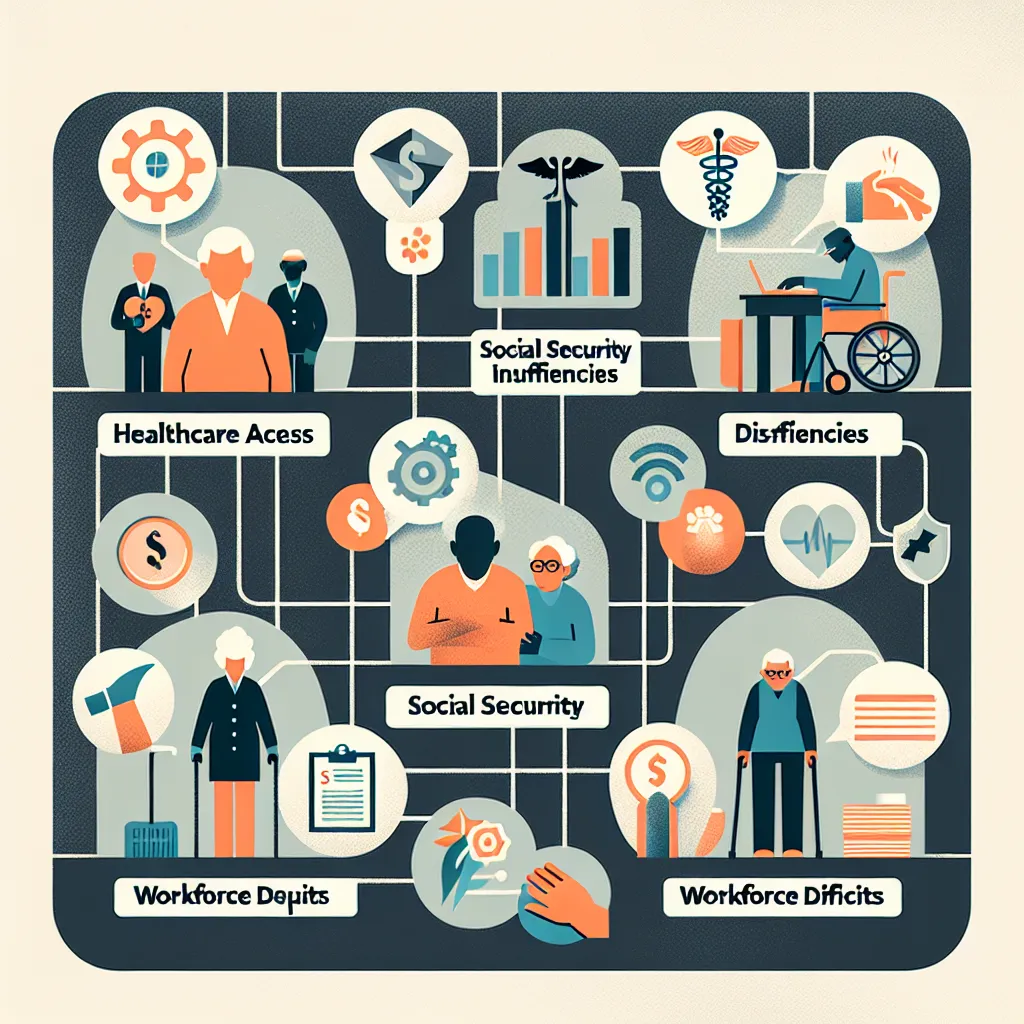Cybercrime is a growing concern in our increasingly digital world, making it a highly relevant topic for IELTS Writing Task 2. This essay question has appeared in various forms in recent IELTS exams and is likely to continue being a popular theme. Given its significance, let’s explore how to tackle this subject effectively in your IELTS writing.
Nội dung bài viết
Analyzing the Essay Question
Let’s focus on a common IELTS Writing Task 2 question related to cybercrime:
Cybercrime is becoming more of a threat to people and organizations across the world. What are the causes of this, and what measures can be taken to tackle this problem?
This question is a typical problem-solution essay that requires you to discuss the causes of cybercrime and propose solutions to address it. It’s crucial to cover both aspects equally in your response.
Sample Essays
Band 8-9 Essay
In today’s digital age, cybercrime has emerged as a significant threat to individuals and organizations worldwide. This essay will explore the root causes of this growing problem and suggest effective measures to combat it.
The proliferation of cybercrime can be attributed to several factors. Firstly, the rapid advancement of technology has created new vulnerabilities that cybercriminals can exploit. As our lives become increasingly digitized, more sensitive information is stored online, presenting lucrative targets for hackers. Secondly, the anonymity provided by the internet emboldens criminals, making it challenging for law enforcement agencies to track and apprehend them. Lastly, the lack of adequate cybersecurity awareness and training among individuals and organizations leaves them susceptible to various forms of cyber attacks.
To address this escalating issue, a multi-faceted approach is necessary. One crucial step is to invest in robust cybersecurity infrastructure and technologies. Governments and organizations should allocate substantial resources to develop and implement state-of-the-art security systems that can detect and prevent cyber threats in real-time. Additionally, there is a pressing need for comprehensive cybersecurity education programs. These initiatives should target all segments of society, from school children to senior citizens, equipping them with the knowledge and skills to protect themselves online. Furthermore, international cooperation is vital in combating cybercrime. Countries must work together to establish and enforce global cybersecurity standards, share intelligence, and cooperate in prosecuting cybercriminals across borders.
In conclusion, while the causes of cybercrime are complex and multifaceted, there are concrete steps that can be taken to mitigate this growing threat. By combining technological solutions with education and international cooperation, we can create a safer digital environment for all. It is imperative that these measures are implemented swiftly and comprehensively to stay ahead of the ever-evolving landscape of cybercrime.
(Word count: 298)
Band 6-7 Essay
Cybercrime is becoming a big problem for people and companies all over the world. This essay will look at why this is happening and what we can do about it.
There are several reasons why cybercrime is increasing. First, more people are using the internet for things like shopping and banking, which gives criminals more chances to steal information. Second, cybercriminals are getting better at what they do, using advanced tools to hack into systems. Also, many people don’t know enough about cybersecurity, which makes them easy targets.
To solve this problem, we need to take several steps. One important thing is to improve cybersecurity technology. Companies and governments should invest in better security systems to protect against attacks. Another solution is to educate people about cybersecurity. Schools and workplaces should teach people how to stay safe online. Lastly, countries need to work together to catch cybercriminals and make laws that punish them.
In conclusion, cybercrime is a serious issue, but there are ways to fight it. By using better technology, educating people, and working together internationally, we can make the internet safer for everyone. It’s important that we take action now to protect ourselves from cybercrime in the future.
(Word count: 196)
 Cybersecurity Education
Cybersecurity Education
Writing Tips for Cybercrime Essays
-
Vocabulary Usage:
- Band 8-9: Use sophisticated vocabulary related to technology and cybersecurity. Examples: proliferation, vulnerabilities, lucrative targets, multi-faceted approach.
- Band 6-7: Use simpler terms but still maintain accuracy. Examples: increasing, advanced tools, easy targets.
-
Grammar Structures:
- Band 8-9: Employ complex sentence structures and a variety of tenses. Example: “As our lives become increasingly digitized, more sensitive information is stored online, presenting lucrative targets for hackers.”
- Band 6-7: Use simpler structures but ensure grammatical accuracy. Example: “More people are using the internet for things like shopping and banking, which gives criminals more chances to steal information.”
-
Essay Structure:
- Both essays follow a clear structure with an introduction, body paragraphs addressing causes and solutions, and a conclusion.
- The Band 8-9 essay provides more detailed explanations and examples.
-
Coherence and Cohesion:
- Band 8-9: Uses a range of linking words and phrases to connect ideas smoothly. Examples: Furthermore, Additionally, In conclusion.
- Band 6-7: Uses basic linking words effectively. Examples: First, Also, Lastly.
-
Task Response:
- Both essays address all parts of the question, discussing causes and solutions.
- The Band 8-9 essay provides more comprehensive and nuanced responses.
Key Vocabulary for Cybercrime Essays
-
Cybersecurity (noun) /ˌsaɪbəsɪˈkjʊərəti/: The practice of protecting systems, networks, and programs from digital attacks.
-
Hacker (noun) /ˈhækər/: A person who uses computers to gain unauthorized access to data.
-
Malware (noun) /ˈmælweər/: Software designed to disrupt, damage, or gain unauthorized access to a computer system.
-
Phishing (noun) /ˈfɪʃɪŋ/: The fraudulent practice of sending emails purporting to be from reputable companies to induce individuals to reveal personal information.
-
Encryption (noun) /ɪnˈkrɪpʃən/: The process of converting information or data into a code to prevent unauthorized access.
-
Firewall (noun) /ˈfaɪəwɔːl/: A network security system that monitors and controls incoming and outgoing network traffic.
-
Data breach (noun) /ˈdeɪtə briːtʃ/: An incident in which information is stolen or taken from a system without the knowledge or authorization of the system’s owner.
-
Cybercriminal (noun) /ˌsaɪbəˈkrɪmɪnl/: A person who uses the internet to commit crimes.
Conclusion
Addressing the challenges of cybercrime is a crucial topic in IELTS Writing Task 2. By understanding the key elements of the question, structuring your essay effectively, and using appropriate vocabulary and grammar, you can craft a compelling response. Remember to practice writing essays on this topic, as variations of this question may appear in future IELTS exams.
To further enhance your skills, try writing your own essay on the given topic and share it in the comments section below. This practice will help you refine your writing abilities and prepare you for success in the IELTS exam.
For more insights on related topics, you might find these articles helpful:


